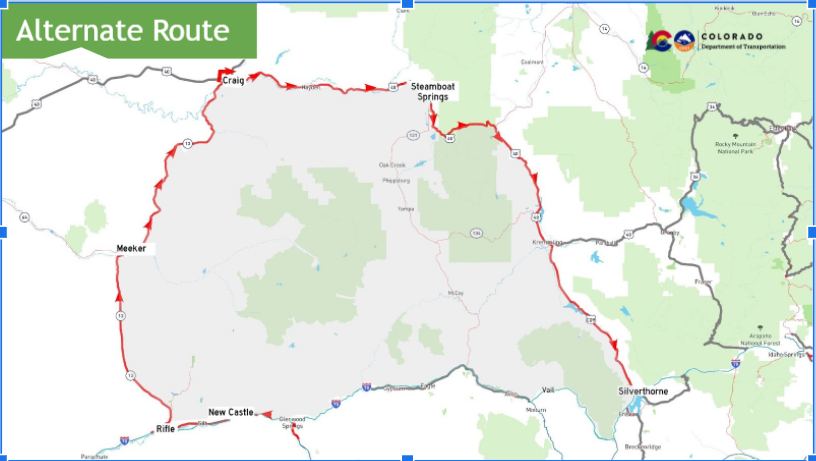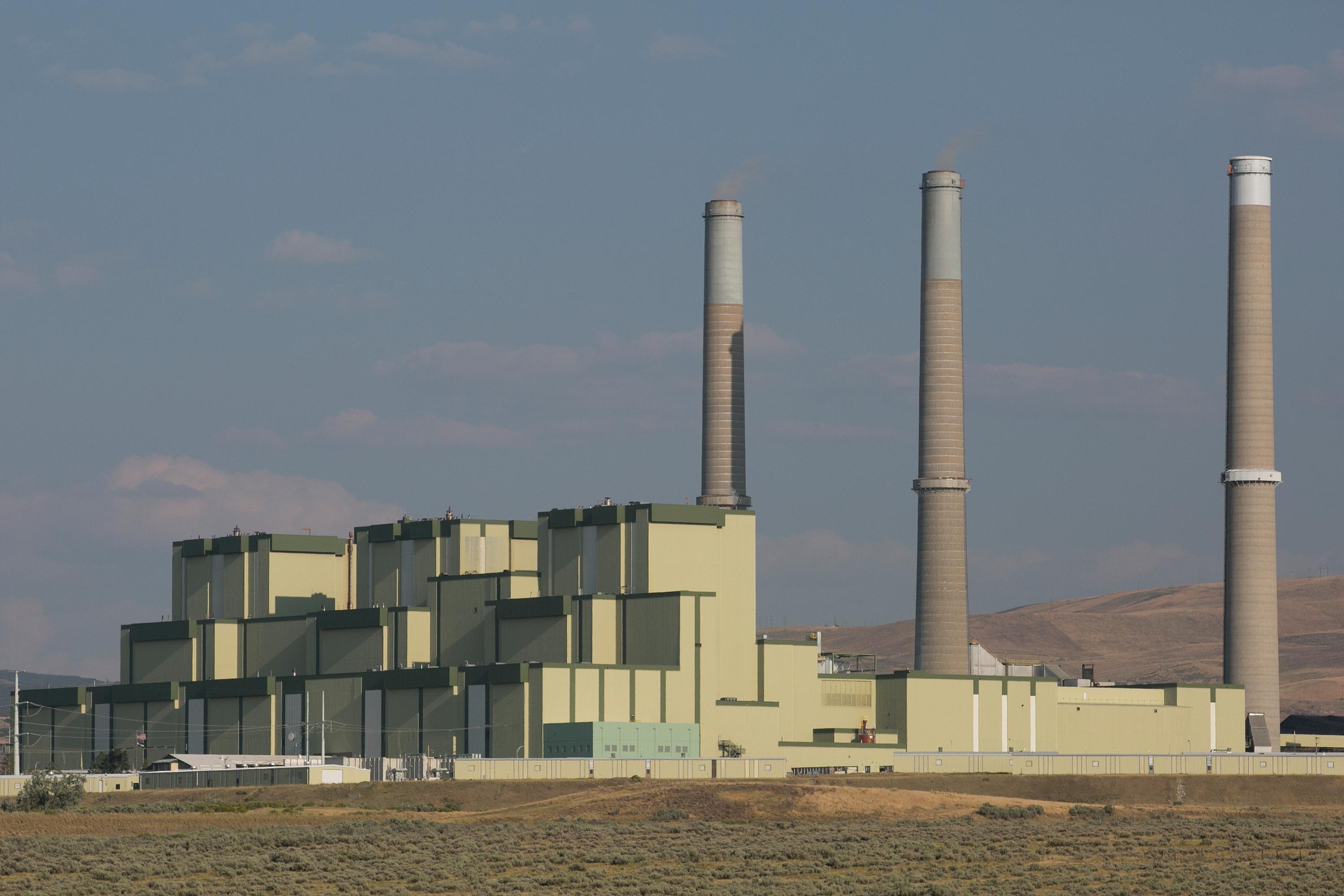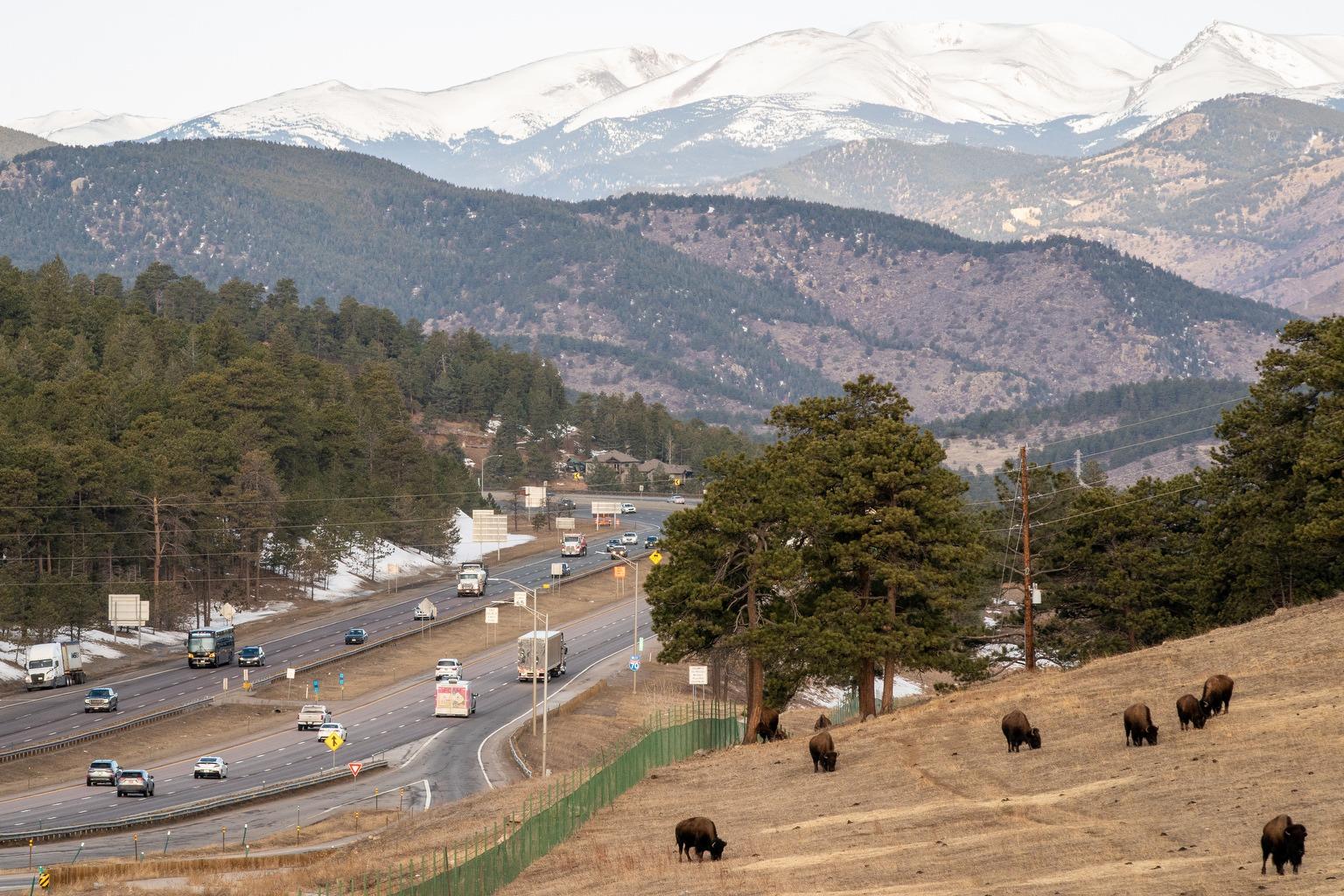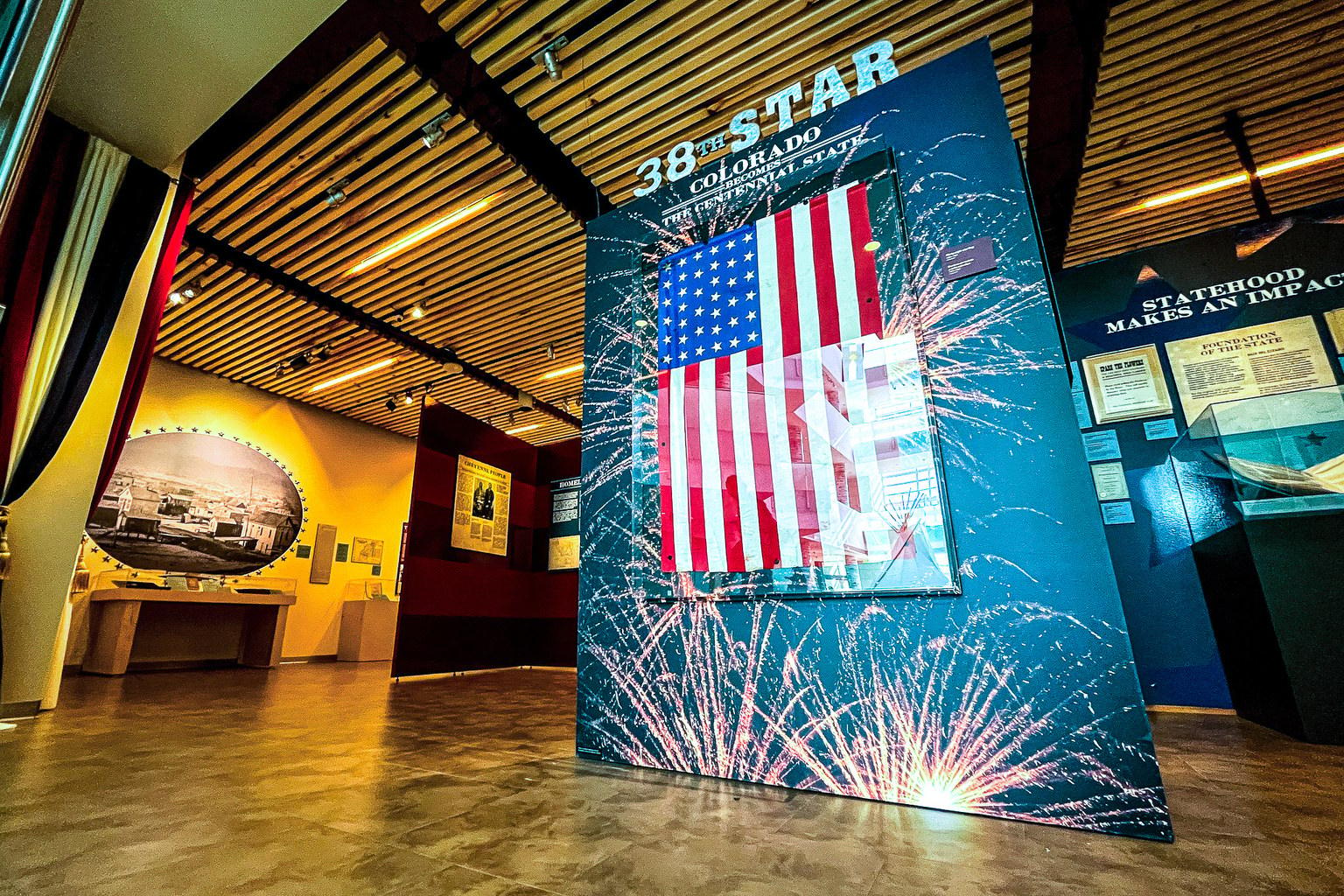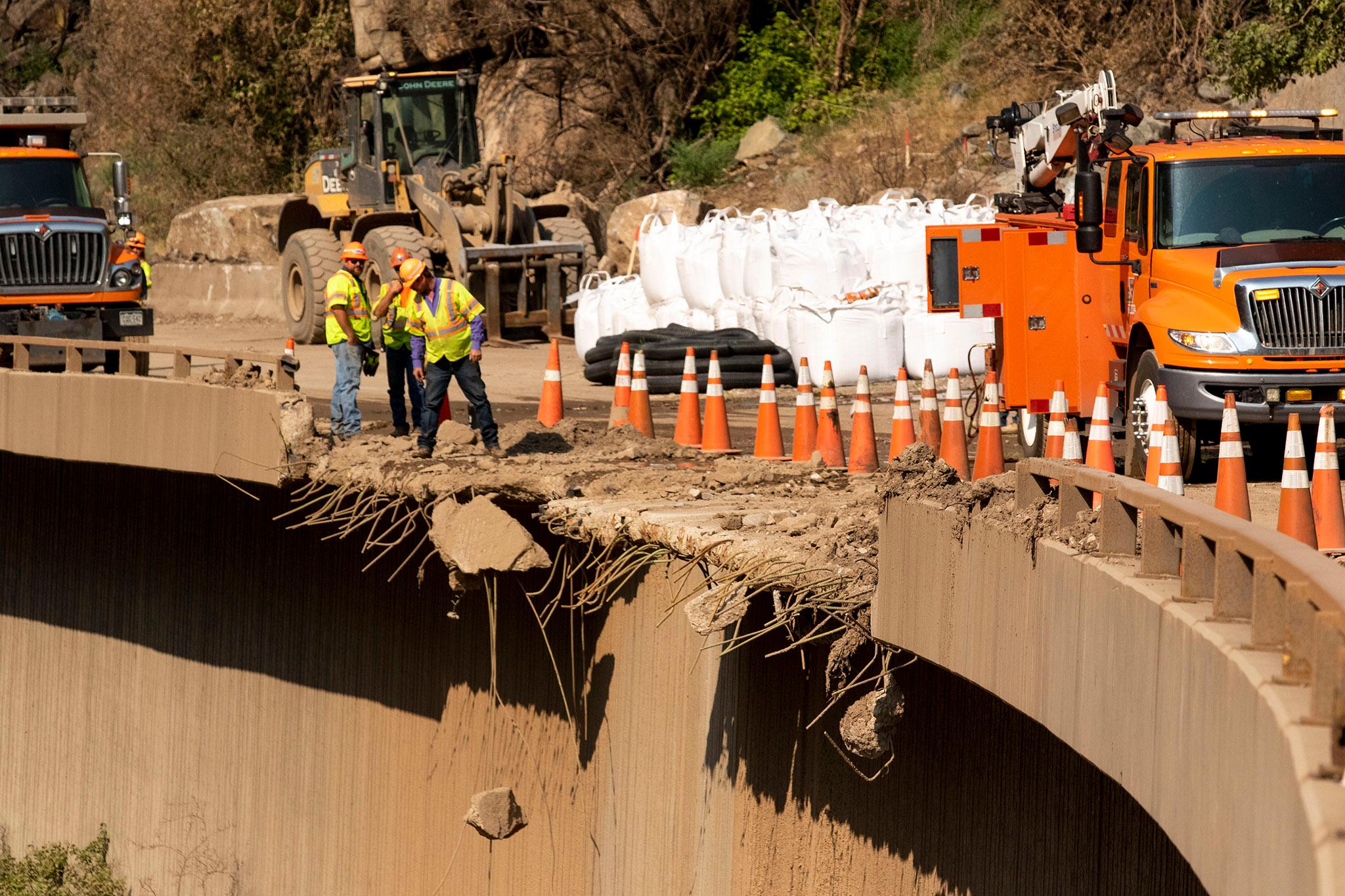
Is I-70 Thru Glenwood Canyon Open Right Now? No. The Colorado Department of Transportation has closed Interstate 70 in both directions through Glenwood Canyon at mile points 133 (Dotsero) and MP 116 (Glenwood Springs) due to a Flash Flood Warning issued by the National Weather Service at 8:10 a.m. on Sept. 29. The Flash Flood Warning is in effect through 1 p.m. barring any changes to the forecast. Some mudflow in the Canyon was also detected. Motorists should plan on Glenwood Canyon being closed through the remainder of the Flash Flood Warning.
Our original story continues below.
Interstate 70's almost two-week long closure has led to long detours and headaches for towns along the highway that rely on drivers passing through to spend some money while in town.
Mudslides triggered by heavy rain in the nearby Grizzly Creek burn scar shut the road down. State crews worked to clear the debris and make repairs and the road reopened early on Saturday, Aug. 14.
We thought we'd answer some questions you may have about the road that is essential to commerce and state residents.
- Repairs: Colorado asks feds for $116 million to fund I-70 Glenwood Canyon repairs
- Alternate routes: I-70's Glenwood Canyon damage has CDOT eyeing upgrades to a nearby alternative: Cottonwood Pass
- Economy: How I-70's closure in Glenwood Canyon will be a pain point for Colorado's economy
- Hanging Lake: The I-70 mudslide also muddied Hanging Lake's crystal clear water
- Towns along the detour: I-70's Glenwood Canyon closure means some towns are seeing a business boom — but others are suffering
- Mudslide: 'The whole car went black:' What it was like being trapped in the I-70 Glenwood Canyon mudslide
When and why did Interstate 70 shut down? When will it open?
Heavy rain caused mudslides on the Grizzly Creek Fire burn scar above Glenwood Canyon on Thursday, July 29. At about 9 p.m., storm cells built up quickly over the burn scar and the resulting rain sent mud and debris down the canyon within minutes.
More than 100 people were trapped during the slide, with more than two dozen sheltering in the Hanging Lake Tunnel overnight. “I really was fortunate that I got caught in just a lot of mud and not boulders and stuff like that,” motorist Autumn Bair, who lives in Glenwood Canyon, told CPR News’ Miguel Otárola.
The Colorado Department of Transportation did not initially anticipate an extended closure, but the timeline was soon extended when more storms hit over the next few days and crews and engineers learned the scale of the situation on the ground. The highway reopened partially in the early hours of Aug. 14.
Are mudslides more common now?
Yes. The Grizzly Creek Fire burned through the canyon in the summer of 2020. The flames burned up vegetation that helps soak up water and reduce the amount of runoff that cascades down the slope. CDOT had already closed I-70 a handful of times after the fire in 2020 and again in the summer of 2021 before the big slide on July 29.
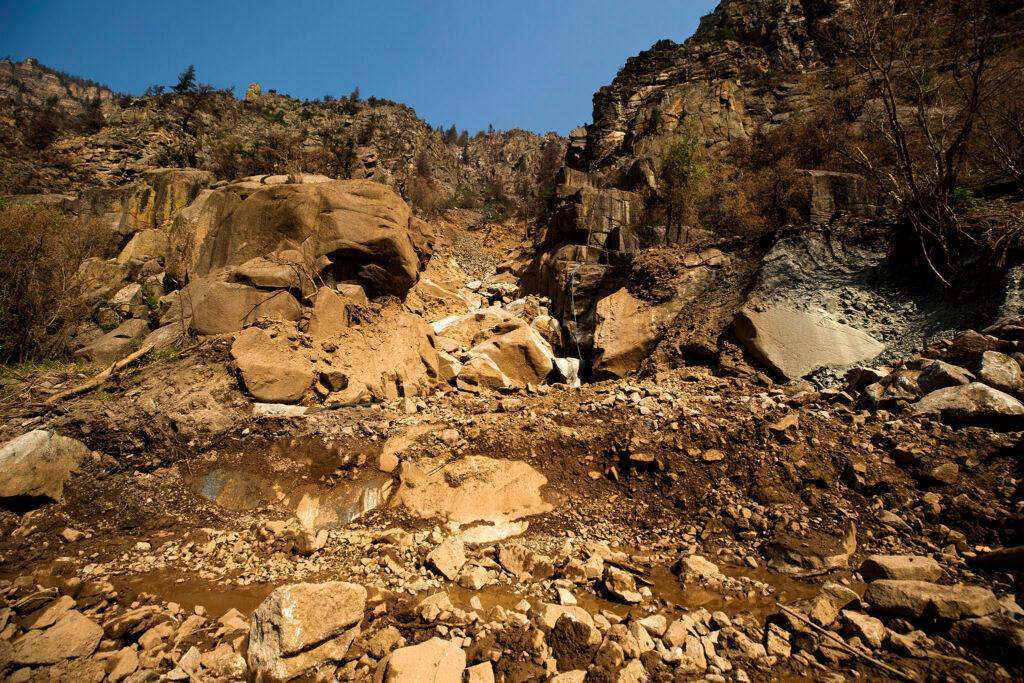
Can anything be done to prevent more mudslides in the future?
There are not many options at the moment. After severe fires, some landscapes can benefit from a range of treatments to control erosion, like mulching or reseeding fast-growing grass. Scott Fitzwilliams, the White River Forest supervisor, said the canyon walls are too steep for those options.
“All we would do is create more debris to go down on a slide,” Fitzwillliams said.
Fitzwilliams said some treatments could work on the flatter ground of the lip of the canyon, which is why he asked for a new Forest Service assessment of the landscape after severe floods this summer. It could reveal opportunities to mulch, plant or lay straw bales to help catch debris.
How long will it take for the burn scar to recover?
Full recovery could take years. Fitzwillliams said the Grizzly Creek Fire scorched soil inside Glenwood Canyon into something like wax. The lack of organic matter or microbes makes it tough for new plants to take root along the canyon.
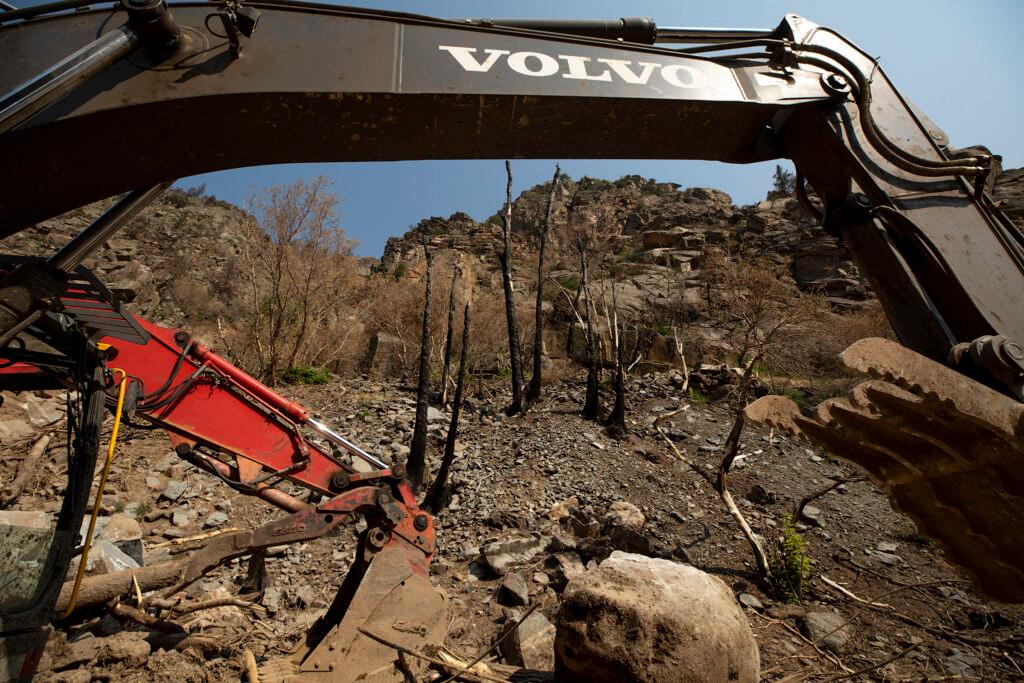
Fitzwilliams said revegetation is happening faster than he thought, but it’s a long-term process.
How much will repairs cost?
An early CDOT estimate put repairs at more than $40 million, plus another $10 million for impacts to detour routes.
How long will repairs take?
CDOT hopes to have at least one lane in each direction open by the end of this week, though any rain could slow that down. CDOT’s chief engineer Stephen Harelson told a legislative committee on Aug. 4 that they intend to have one lane open on each deck of the highway, which would give crews the space they need to make repairs.
The agency ultimately hopes to have the road fully reopened by winter because, Harelson said, of the busy winter ski season and “It’s just tough to pour concrete in January.”
Why was Interstate 70 built through Glenwood Canyon in the first place?
In the mid-19th century, the flow of the Colorado River was so wide that there was little room for humans to travel through Glenwood Canyon. “There is little evidence indicating the Utes or any other Native American tribes used the canyon as a transportation route,” reads a 2019 history of the canyon prepared for CDOT.
Early European settlers also found travel through the canyon difficult and used stagecoach roads to the north and south of the canyon before a railroad line through it was completed in 1887. A road followed in 1902.
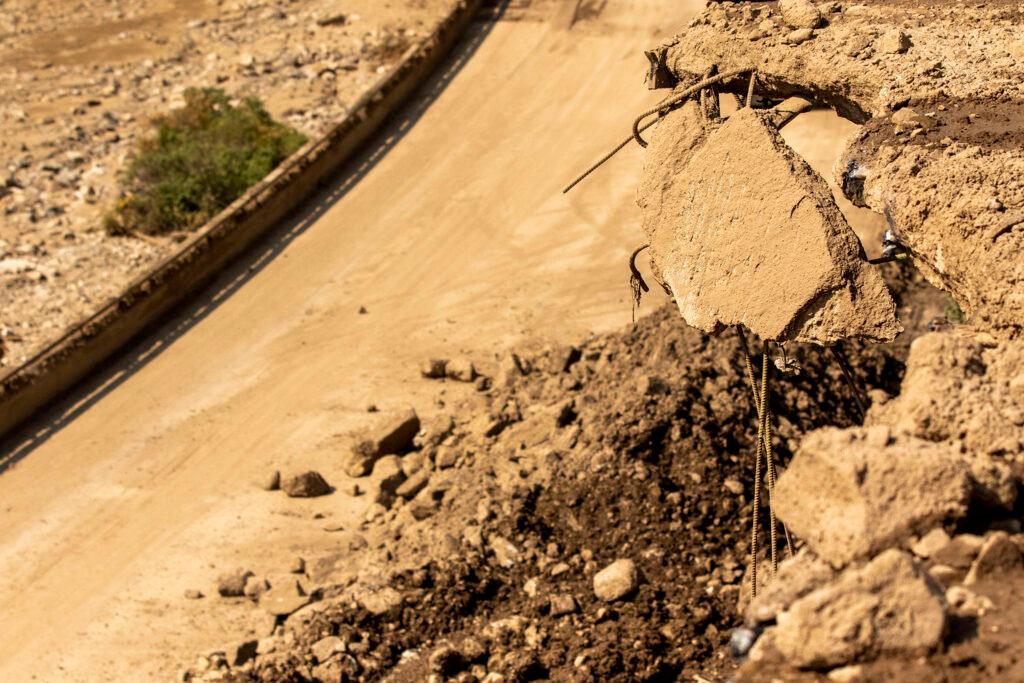
CDOT and the U.S. Department of Transportation chose the canyon as the preferred route for I-70 by 1975, over other routes through the Flat Top Wilderness Area to the north and Cottonwood Pass to the south. The canyon option was shorter and cheaper than the other two, an environmental impact statement from the time said. I-70 through the canyon was completed in 1992.
But now, after multiple closures in 2021 and the specter of more coming as the Grizzly Creek burn scar slowly recovers, CDOT and local jurisdictions are exploring the idea of improving Cottonwood Pass so it is better able to handle more traffic.
What is the best detour route?
CDOT recommends taking a combination of state highways north through Meeker, Craig, Steamboat Springs and Kremmling. That adds about two-and-a-half hours to a trip from Grand Junction to Denver. A southern route through Montrose and Gunnison is now viable after a construction project there was suspended until I-70 is open again.
